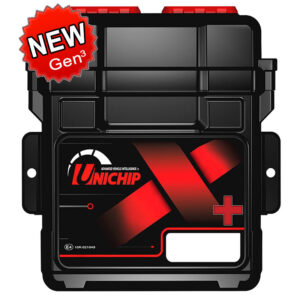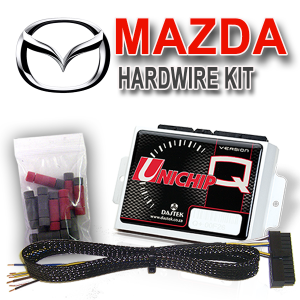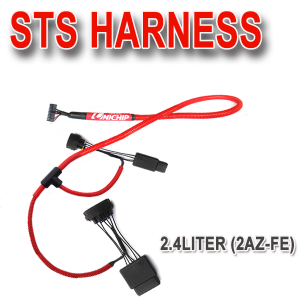Tag Archives: Memory Chip
Keep Alive Memory (KAM)
Keep Alive Memory (KAM)
The PCM stores information in KAM (a memory integrated circuit chip) about vehicle operating conditions, and then uses this information to compensate for component variability. KAM remains powered when the vehicle key is off so that this information is not lost.
Keep Alive Power (KAPWR)
The PCM stores the vehicle operating conditions in the KAM and uses this information to compensate for component variability. The KAPWR circuit supplies a constant battery voltage (B+) input to the PCM to maintain the memory contents when the key is in the OFF position.
Power Ground (PWR GND)
The PWR GND circuit(s) is directly connected to the battery negative terminal. PWR GND provides a return path for the PCM VPWR circuits.
Reference Voltage (VREF)
VREF is a consistent positive voltage (5.0 volts ±0.5) provided by the PCM. VREF is typically used by 3-wire sensors and some digital input signals.
Signal Return (SIG RTN)
The SIG RTN circuit(s) is a dedicated return path for VREF applied components.
Vehicle Buffered Power (VBPWR)
VBPWR is a regulated voltage supplied by the PCM to vehicle sensors. These sensors require a constant 12 volts for operation and cannot withstand VPWR voltage variations. VBPWR is regulated to VPWR minus 1.5 volts and is also current limited to protect the sensors.
Vehicle Power (VPWR)
VPWR is the primary source of PCM power. VPWR is switched through the PCM power relay and is controlled by the ignition switch. With the key in the START or RUN position, voltage is supplied to the PCM power relay coil. The supplied voltage energizes the relay and closes the internal relay contacts. With the relay contacts closed, VPWR is supplied to the PCM.
FORD 6.0 Liter Diesel
FORD 6.0 Liter Diesel
ELECTRONIC ENGINE CONTROL (EEC) SYSTEM
Overview
The powertrain control module (PCM or ECU) contains both engine and transmission microprocessors. Operating information, as well as concern information, is communicated between the 2 processors through the controller area network (CAN). Both can be programmed individually.
Fuel control is accomplished by the PCM and the fuel injector control module (FICM). The 2 modules communicate operational information through private J1939 CAN communications.
The Ford EEC system provides optimum control of the engine and transmission through the enhanced capability of the PCM. The EEC system also has an on board diagnostics (OBD II) monitoring system with features and functions to meet federal regulations on exhaust emissions.
The EEC system has 2 major divisions: hardware and software. The hardware includes the PCM, FICM, sensors, switches, actuators, solenoids, and interconnecting terminals. The software in the PCM provides the strategy control for outputs (engine and transmission hardware) based on the values of the inputs to the PCM. The software in the FICM provides the strategy control for the fuel injectors based on the values of the outputs from the PCM. The EEC hardware and software are discussed.
The PCM receives information from a variety of sensor and switch inputs. Based on the strategy and calibration stored within the memory chip, the PCM generates the appropriate output. The system is designed to minimize emissions and optimize fuel economy and driveability. The software strategy controls the basic operation of the engine and transmission, provides the OBD strategy, controls the malfunction indicator lamp (MIL), communicates to the scan tool through the data link connector (DLC), allows for flash electrically erasable programmable read only memory (EEPROM), and controls failure mode effects management (FMEM).




